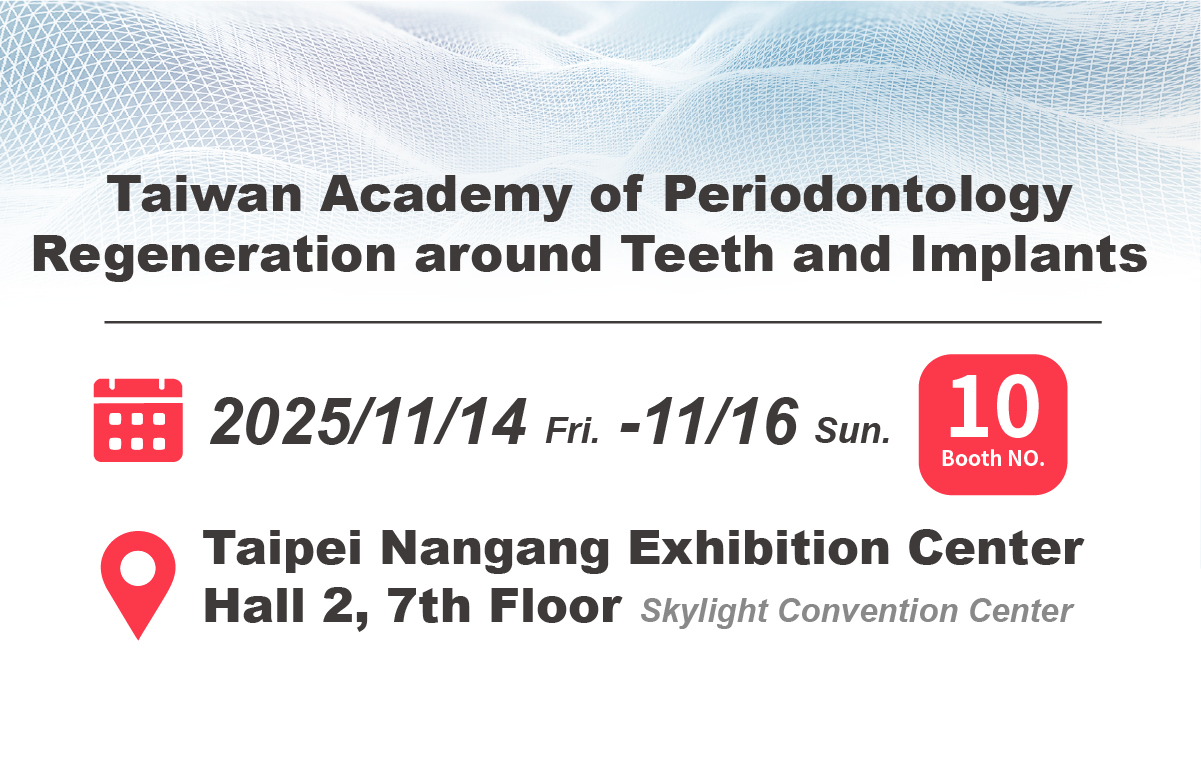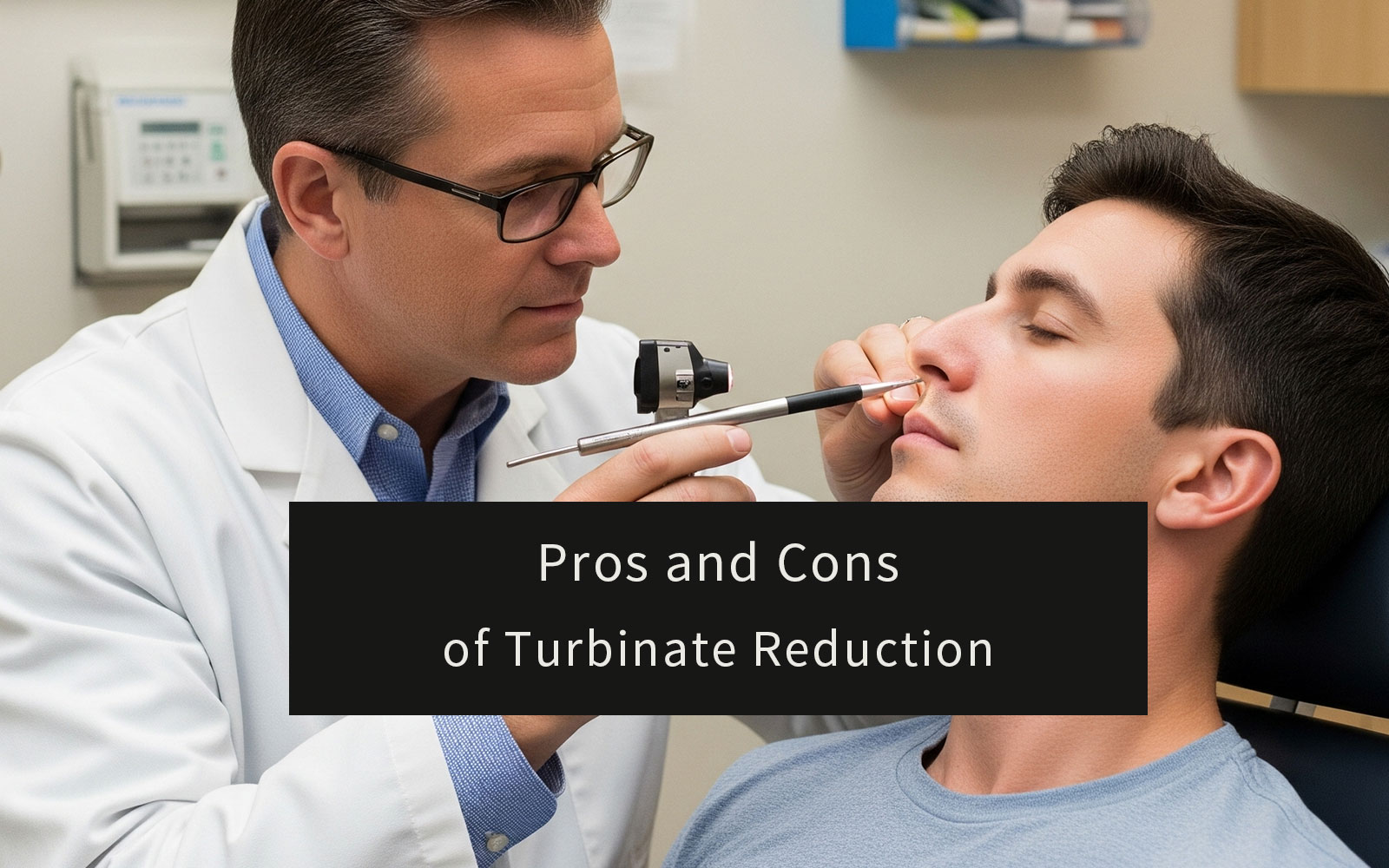Sinus surgery is a common procedure designed to treat chronic sinus conditions and other issues related to the nasal passages. After undergoing sinus surgery, patients often require additional care to ensure proper healing and minimize complications. One such measure is the use of nasal packing after sinus surgery. In this article, we will explore the purpose of nasal packing, the types used, the duration of its application, and important postoperative care tips.
Table of Contents
What is Sinus Surgery?
Sinus surgery, also known as endoscopic sinus surgery, is performed to remove blockages in the sinuses, improve drainage, and alleviate symptoms such as nasal congestion, facial pain, and recurrent infections. The surgery aims to restore normal sinus function and improve the patient’s quality of life. Preoperative assessments help determine the extent of the surgery needed, while postoperative improvements include reduced symptoms and better nasal airflow.
Why Use Nasal Packing After Sinus Surgery?
Nasal packing helps manage several critical aspects of healing, from controlling bleeding to reducing the risk of infection. Here are the key reasons why nasal packing is used after sinus surgery:
- Hemostasis: It helps control bleeding by applying pressure to blood vessels, minimizing hemorrhage.
- Prevents Infection: Acts as a protective barrier, reducing the risk of post-surgical complications such as hematomas and infections.
- Reduces Swelling: Helps manage swelling in the nasal area, improving comfort and facilitating healing.
- Wound Healing: Nasal packing supports the structure of the nasal passages and sinuses, ensuring proper alignment during recovery and providing a stable environment for wound healing.
The use of nasal packing is crucial in the immediate postoperative period. By controlling bleeding, it helps to prevent the formation of blood clots that can obstruct the nasal passages. Additionally, the packing material supports the delicate nasal tissues, helping them to heal in the correct position and reducing the risk of scarring or adhesions that can lead to long-term complications.
What Types of Nasal Packing Are Used After Sinus Surgery?
There are various types of nasal packing materials used in sinus surgery, and the choice of material depends on the surgeon’s preference and the patient’s specific needs.
There are two main types of nasal packing used after sinus surgery, each with its own set of commonly used materials:
Absorbable Nasal Packing
Absorbable nasal packing materials naturally break down in the body over time. They are often preferred for their convenience, as they do not require manual removal. Common absorbable materials include collagen, carboxymethyl cellulose (CMC), and chitosan. These materials provide support and hemostasis while gradually dissolving, reducing the need for follow-up procedures.
Non-Absorbable Nasal Packing
Non-absorbable nasal packing materials, like silicone or gauze, require removal after a certain period, typically a few days after surgery. These packings are more rigid and provide excellent support to the nasal structures, though they require follow-up care to remove them safely. Non-absorbable materials are chosen for their durability and ability to maintain structural integrity during the healing process.
Key Factors for Surgeons in Selecting Nasal Packings
- Surgical Complexity: The extent and type of surgery performed can influence the choice between absorbable and non-absorbable packing. Complex surgeries may require more rigid support.
- Patient’s Medical History: Conditions such as allergies, clotting disorders, or previous adverse reactions to certain materials are taken into account.
- Healing Requirements: Absorbable packing may be preferred for patients who benefit from minimal follow-up, while non-absorbable packing is ideal for those needing extended structural support.
- Risk of Complications: If there’s a higher risk of infection or scarring, specific materials with antibacterial or anti-inflammatory properties may be chosen.
- Patient Comfort: The ease of removal and potential impact on patient comfort are also considered, balancing the need for support with the recovery experience.
How Long Does Nasal Packing Stay After Sinus Surgery?
Nonabsorbable nasal packing is usually removed within 1 to 2 weeks after surgery, depending on the patient’s healing progress and the surgeon’s assessment. Absorbable packings, on the other hand, dissolve on their own and do not require removal.
The duration for which nasal packing remains in place can vary based on the type of surgery performed and the individual patient’s healing process. Surgeons will typically schedule a follow-up appointment to assess the healing and determine the appropriate time for removal. Patients are advised to follow their surgeon’s instructions carefully to ensure the best possible outcome.
Postoperative Care – Dos and Don’ts During Recovery
What To Do After Sinus Surgery
- Use Saline Rinses: Patients should regularly rinse their nasal passages with saline solution to keep them clean and moist.
- Take Prescribed Medications: It is important for patients to follow their surgeon’s instructions for antibiotics and pain management.
- Elevate the Head: Sleeping with the head elevated can help reduce swelling and promote drainage.
- Stay Hydrated: Drinking plenty of fluids helps keep mucous membranes moist and aids in the healing process.
- Attend Follow-Up Appointments: Regular check-ups with the surgeon are essential to monitor recovery and address any concerns.
What To Avoid After Sinus Surgery
- Avoid Blowing the Nose: Patients should refrain from blowing their nose for at least a week to prevent disrupting the healing process.
- No Strenuous Activities: Heavy lifting and strenuous exercise should be avoided for at least two weeks.
- Stay Away from Irritants: Patients should avoid exposure to smoke, dust, and other irritants that can affect recovery.
- Do Not Use Nasal Sprays: Unless prescribed by the surgeon, nasal sprays that can irritate the nasal passages should be avoided.
- Avoid Hot Showers: Hot steam can increase swelling and discomfort, so lukewarm showers are recommended instead.
NasoAid®: The Nasal Packing Used in Sinus Surgery
Key Features of NasoAid Nasal Dressing
1. High Biocompatibility & Absorbability
- Made of 70% collagen and 30% Carboxymethyl cellulose (CMC), ensuring excellent compatibility and gradual self-disintegration within 7-14 days.
- Collagen’s porous structure absorbs fluids and maintains nasal cavity space, while CMC provides moisturization and supports degradation.
2. Dual Hemostatic Mechanism
- Carboxymethyl cellulose (CMC) attracts platelet aggregation.
- Collagen stimulates platelets to release fibrinogen, achieving efficient hemostasis
3. Anti-Adhesion & Anti-Infection
- Prevents adhesion with its porous structure and gel-like properties.
- Forms a barrier against bacteria, reducing infection risk.
4. Strong Structural Support
- High compression strength (7 kPa) maintains nasal cavity structure.
- Stable for 7-14 days, trimmable, and regains full volume within 30 seconds after hydration
Benefits for Surgeons
- Ease of Placement and Removal: NasoAid® is designed for easy placement and removal, with the unique advantage of self-fragmentation. It begins to break down naturally within 24 hours, allowing for absorption and elimination by the body. This process simplifies the procedure, reduces the time needed for removal, and improves postoperative comfort, enabling surgeons to focus on the critical aspects of the surgery.
- Reduced Risk of Complications: By maintaining structural integrity and providing consistent support, NasoAid® minimizes the risk of postoperative complications such as bleeding, infection, and adhesions. This reliability enhances the overall success rate of the surgery.
- Versatility: NasoAid® is suitable for a wide range of nasal and sinus procedures, making it an ideal choice for surgeons addressing diverse clinical conditions and complex surgical scenarios.
Advantages for Patients
Reduced Discomfort:
The absorbable nature of NasoAid® allows it to dissolve naturally over time, eliminating the need for manual removal and significantly reducing patient discomfort. This feature is especially beneficial in enhancing the postoperative experience.
Quicker Healing:
By providing consistent support and maintaining a moist environment, NasoAid® promotes faster healing and lowers the risk of complications. As a result, patients can expect a smoother recovery with minimal disruption to their daily lives.
Improved Quality of Life:
NasoAid® effectively manages bleeding, swelling, and infection, leading to less postoperative discomfort and a quicker return to normal activities. This improvement in quality of life offers a significant advantage for patients undergoing nasal and sinus surgeries.
☛ Link to NasoAid® Nasal Dressing










